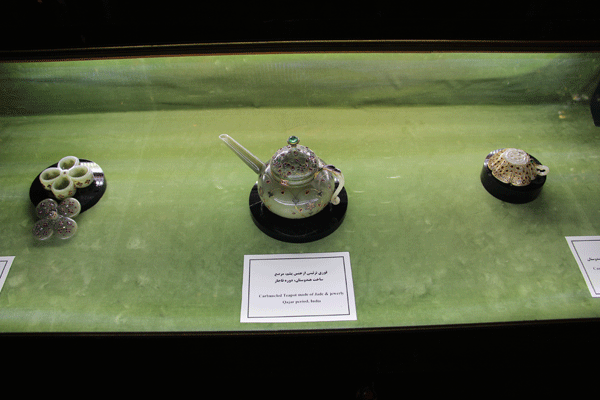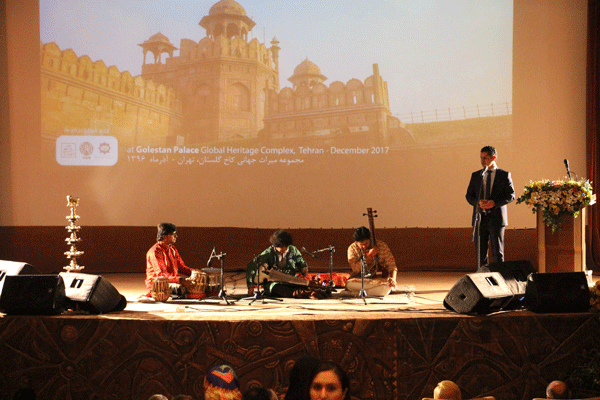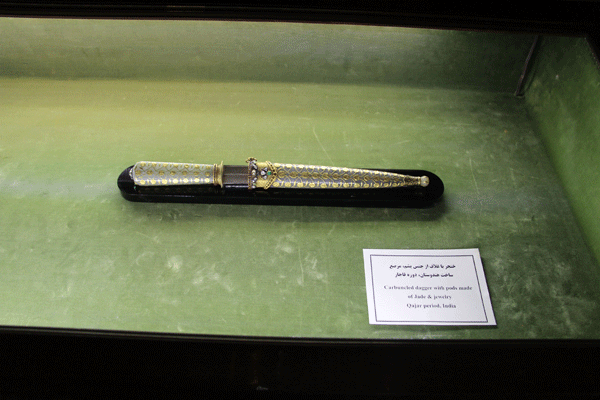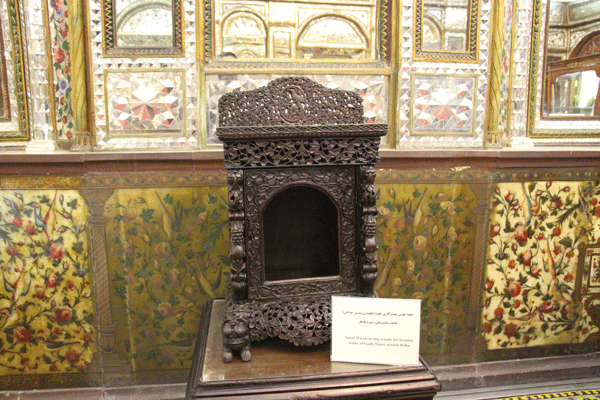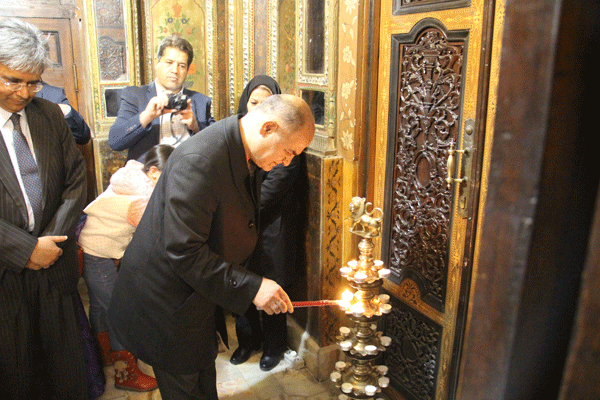
Seyyed Mohammad Beheshti, the head of Iran’s Cultural Heritage Research Centre, said during the inauguration ceremony that “the cultural realms of Iran and India are geographically adjacent; therefore, finding cultural similarities between these two countries is not a hard job.”
“Since the time that humans lived in each of these two lands, their territories have been linked to each other,” he noted, according to a Farsi report by the Miras-e Arya news agency.
“Our country is adjacent to other cultures, and we have long-standing cultural relations with our neighbours. The difference between Iran-India ties in comparison with other neighbours is in the quality of the relations,” he added.
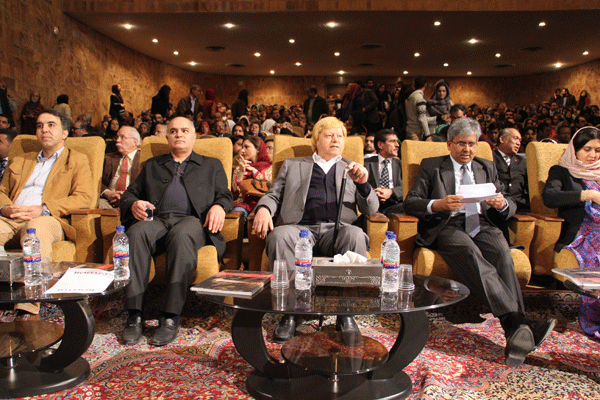
Meanwhile, Masoud Nosrati, the manager of Golestan Palace, noted that it is the first time the Palace has selected a number of magnificent Qajar-era Indian handicrafts from its own treasure trove.”
“By examining the relations between Iran and India, one can easily understand that the two nations have lots of cultural commonalities … in arts, architecture, mysticism, literature and music.”
In an address to the ceremony, India’s ambassador to Iran, Saurabh Kumar, stressed that India’s relations with Iran has a very deep historic background.
“I am doing my best to travel to various cities of Iran. The more I travel, the more I understand the depth of the cultural links between the two countries,” noted Kumar.
He also said that New Delhi is ready to cooperate with Tehran in introducing the cultural heritage of the two countries, and he will do his best to widen the cultural relations between Iran and India.
The exhibit that showcases Indian jewelries, furniture, and manuscripts will wrap up on December 21.

